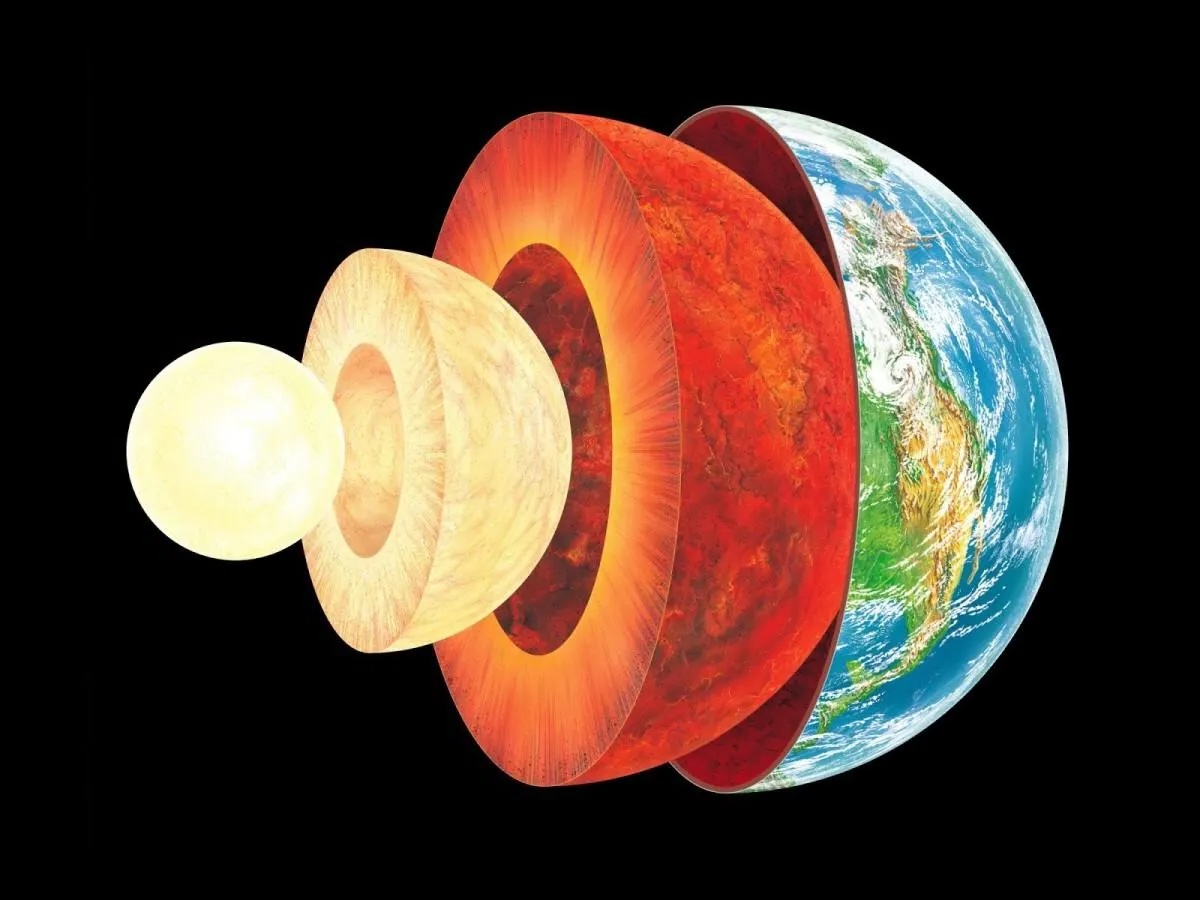
Crustaceans are some of the most intriguing creatures in the animal kingdom. From the tiny krill to the mighty lobster, these aquatic animals boast a variety of shapes, sizes, and colors. But what exactly makes them so special? Crustaceans possess unique features like exoskeletons, jointed limbs, and the ability to regenerate lost body parts. They play crucial roles in their ecosystems, serving as both predators and prey. Did you know that some crustaceans can live in extreme environments, from the deep sea to freshwater lakes? Whether you're a marine biology enthusiast or just curious about the underwater world, these 28 facts about crustaceans will surely pique your interest. Dive in to learn more about these fascinating creatures!
Crustaceans: The Underwater Marvels
Crustaceans are fascinating creatures that inhabit our oceans, rivers, and even land. From the tiniest shrimp to the largest lobster, these animals play crucial roles in their ecosystems. Let's dive into some amazing facts about these underwater marvels.
What Are Crustaceans?
Crustaceans belong to a large group of arthropods, which also includes insects and spiders. They have a hard exoskeleton, jointed limbs, and segmented bodies.
- Crustaceans include crabs, lobsters, shrimp, and barnacles.
- They have two pairs of antennae, unlike insects which have only one.
- Most crustaceans live in water, but some, like woodlice, live on land.
- Crustaceans molt their exoskeletons to grow, a process called ecdysis.
The Diversity of Crustaceans
Crustaceans come in all shapes and sizes, from tiny plankton to giant crabs.
- The Japanese spider crab has the longest leg span of any arthropod, reaching up to 12 feet.
- The pea crab is one of the smallest crustaceans, often living inside oysters.
- There are over 67,000 known species of crustaceans.
- Some crustaceans, like mantis shrimp, have incredibly complex eyes that can see polarized light.
Crustaceans and Their Habitats
These creatures can be found in a variety of environments, from the deep sea to freshwater lakes.
- Lobsters are typically found in rocky, coastal waters.
- Freshwater crayfish live in rivers, streams, and lakes.
- Some crabs, like the coconut crab, can climb trees.
- Barnacles attach themselves to rocks, ships, and even whales.
Unique Features of Crustaceans
Crustaceans have some unique adaptations that help them survive in their environments.
- Crabs can walk sideways due to the structure of their legs.
- Lobsters can regenerate lost limbs.
- Some shrimp species can produce a snapping sound loud enough to stun prey.
- Hermit crabs use discarded shells for protection.
Crustaceans in the Food Chain
Crustaceans play vital roles in their ecosystems, both as predators and prey.
- Krill are a crucial food source for many marine animals, including whales.
- Crabs often scavenge for food, helping to clean up their habitats.
- Some crustaceans, like copepods, are important in the diet of fish larvae.
- Lobsters are both predators and scavengers, feeding on fish, mollusks, and algae.
Human Interaction with Crustaceans
Humans have a long history of interacting with crustaceans, both as a food source and in other ways.
- Lobster fishing is a significant industry in places like Maine and Canada.
- Shrimp farming is a major aquaculture industry worldwide.
- Crustaceans are often used in scientific research due to their unique physiology.
- Some cultures use crab shells in traditional medicine.
Fun and Surprising Facts
Crustaceans have some surprising and fun traits that make them even more interesting.
- The mantis shrimp can punch with the force of a bullet.
- Some crabs can change color to blend in with their surroundings.
- The pistol shrimp can create a bubble that reaches temperatures as hot as the sun's surface.
- Lobsters have been known to live for over 100 years.
Crustaceans: Nature's Marvels
Crustaceans are fascinating creatures with unique traits. From their ability to regenerate lost limbs to their diverse habitats, they showcase nature's ingenuity. These animals play crucial roles in ecosystems, acting as both predators and prey. Their varied diets and adaptive behaviors highlight their importance in maintaining ecological balance.
Understanding crustaceans helps us appreciate the complexity of marine life. Their presence in our oceans, rivers, and even on land reminds us of the interconnectedness of all living things. Whether it's the tiny plankton or the mighty lobster, each crustacean contributes to the rich tapestry of life on Earth.
Next time you see a crab scuttling on the beach or a shrimp in your cocktail, remember the incredible journey these creatures have taken through evolution. Crustaceans truly are nature's marvels, deserving our respect and admiration.
Was this page helpful?
Our commitment to delivering trustworthy and engaging content is at the heart of what we do. Each fact on our site is contributed by real users like you, bringing a wealth of diverse insights and information. To ensure the highest standards of accuracy and reliability, our dedicated editors meticulously review each submission. This process guarantees that the facts we share are not only fascinating but also credible. Trust in our commitment to quality and authenticity as you explore and learn with us.
